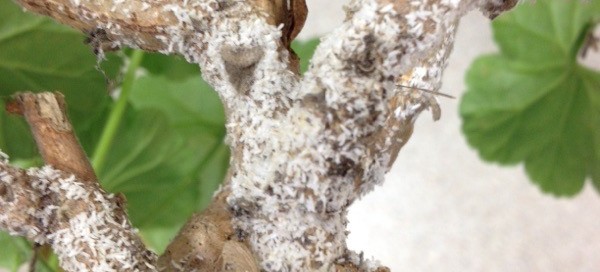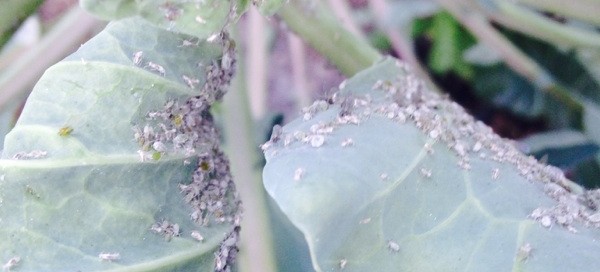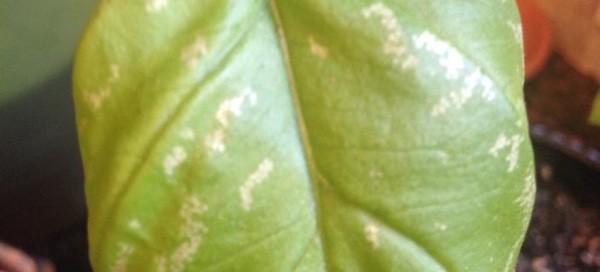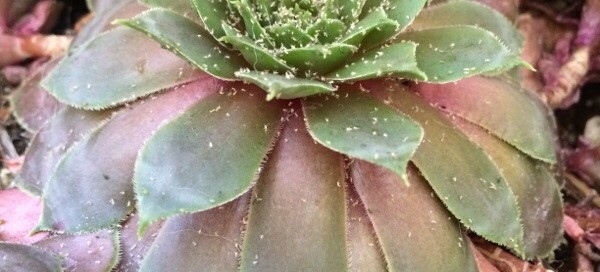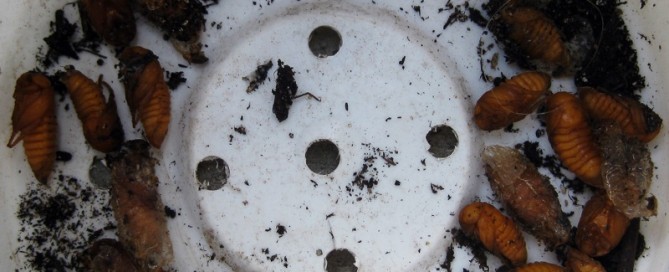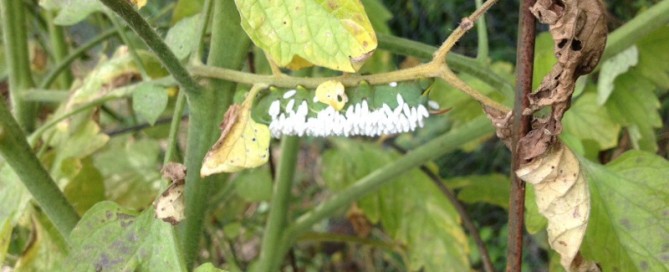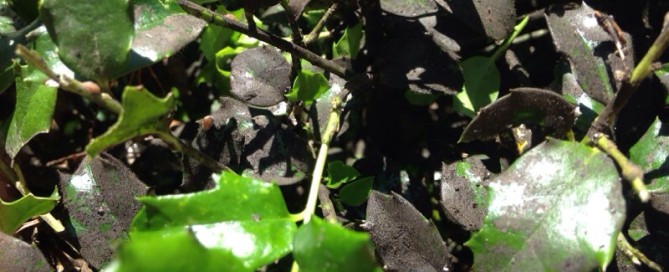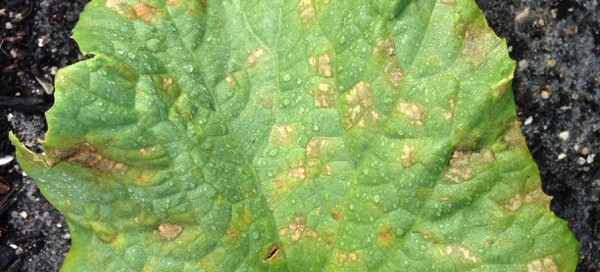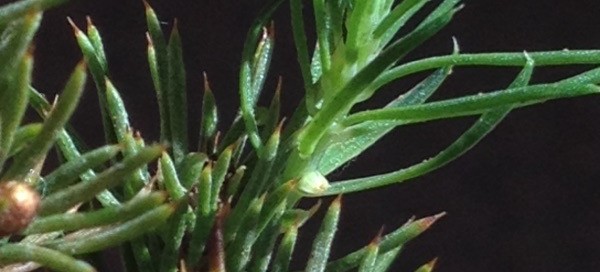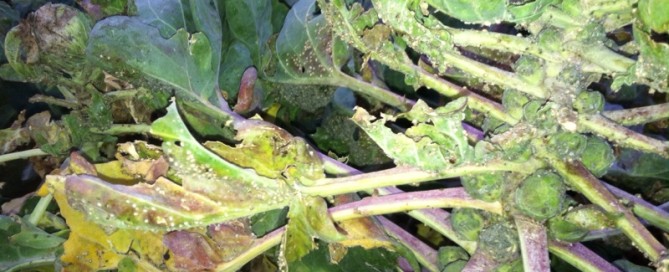Geraniumpelargonium Scale
This appears to be either euonymus or boxwood scale. You will find this on many types of plants because it isn't limited to those two plants. You can try to control it with a horticultural oil but in my experience it is virtually impossible to get rid of it on a plant. It is best to pitch the plant get a new one in the spring or start your own. The scale will infest other plants as well. Check your garden for an infestation as well. Starting annual geraniums from seed is easy.You should start them in a soilless mix in early March and germination should occur within 7-14 days. When they have their second set of true leaves, you can transplant them to 4 inch square pots and keep them growing until it is times to plant them outside after a frost.
